Many of us are doing important work but have not come up with breakthrough solutions that can make deep impact, serve millions of people, and last over time.
However, more and more social change organizations are achieving breakthrough success using an approach perfected in Silicon Valley: the Lean Startup.
Check out this video to see how a non-profit English program went from serving 1,200 people per year to serving nearly 1 million people per year without the need for on-going philanthropic dollars.
If you want to learn more about this innovation process, get a copy of The Lean Startup (also available as an audiobook).
The Lean Startup launched a worldwide transformation in the
business world and is beginning to transform the social sector.
A Summary of Lean Strategies
The Lean Startup framework seeks to uncover breakthrough ideas, minimize waste, and stage risk through a process that involves small experiments, iterating quickly, and data-driven decision making. Innovative new ideas are tested in the real world with a small number of potential users with the goal of learning what works and what doesn’t before large investments are made. The most successful practitioners move through Lean’s “build, measure, learn” feedback loop as fast as possible, and as many times as is needed to validate their ideas.

To make things a bit more concrete, here are some additional details about the case study referenced in the above video:
Before Lean
For more than 10 years, a non-profit in Maryland has been offering highly-regarded English classes that cost just $150 per student. Every year, approximately 1,200 adult learners take their classes but many would-be students are stuck on long waiting list because the non-profit faces a number of constraints to their growth: not enough grant funding, a shortage of free classroom spaces, and difficulty recruiting English teachers willing who are willing to work for very low pay. To run this program, the non-profit spends about $630,000 more than it takes in each year.
After Lean
A team of innovators trained in Lean Startup strategies took a look at this problem and developed something entirely different. They built a program called Revolution English that encourages people to immerse themselves in English (mostly on their own), using proven language learning techniques. Evaluations of their program show significant improvements in practice time and English competency test scores. The program is free for students, serves more than 900,000 people, and is close to becoming financially self-sustaining.
Let’s look at a summary of the numbers above:
Traditional English Classes
Students Served per year: 1,200
Growth Potential: Without more funding, space, and teachers, this model has no opportunities to grow
Net budget impact: -$628,000
Revolution English
Students served per year: 900,000+
Growth Potential: Their validated growth model projects hundreds of thousands of new students every year
Net budget impact: $0 (this program is projected to be financially self-sustaining in 2019)
How did they succeed?
The team engaged in Lean Startup strategies adopted for the social sector as highlighted in the new book, Lean Impact. Their process involved building small scale prototypes of their service, testing those prototypes with users, and then iterating based on what worked and what didn’t. Importantly, this process did NOT involve long strategic planning processes with smart people in closed Board rooms. Instead, the team talked with real language learners, offered minimally viable English programs to small numbers of people, engaged in rigorous data analysis, developed iterations of their program based on the data, and invested in growth only after their model had been proven through experiments.
Note: in order for the Revolution English team to succeed, they first needed funders who were willing to make grants differently. In this case, funders did not require that a certain number of students needed to be taught English by a certain time. Funders gave this team of innovators resources to engage in rapid testing, learning, and iterating. In short, they were given the space to innovate using Lean strategies.
The Lean Process
Lean Startup now has countless success stories in the business sector and lately, the successes in the social sector are also starting to pile up. From a youth employment accelerator in South Africa, to a solar lantern enterprise in India, there are literally millions of people benefiting from innovative organizations using Lean strategies. Keep in mind, “lean” in this context does not mean frugal but rather focuses on cutting out the waste in an effort to get to breakthrough solutions faster.
Here is a highly abbreviated description of how the Lean Startup process works in the social sector:
- Starting with a known problem, come up a big goal that addresses that problem.
- With actual people who face the problem you seek to address in the room, come up with proposed solutions that have the potential to make lasting impact, offer value to users, and grow to match the scale of the problem.
- Identify the various assumptions that are baked into your solutions, focusing on the ones that are both critical to the success of your overall solution AND the least supported (by feedback from users, sound research, and/or similar ideas that are already successful).
- Build a minimally viable product (MVP) that you can use to test those assumptions, starting with the most critical and unsupported assumptions first.
- Test your MVP with real users, paying particular attention to how users behave, not simply what they say.
- Respond to the data from your tests by choosing one of the following three choices:
- Iterate (build improvements into your MVP and test again): do this when your data shows some promise but not enough to validate your assumptions
- Pivot (move on to an entirely different solution): do this only after your assumptions have been clearly invalidated
- Scale up (invest in your idea’s growth): do this only after all of your key assumptions have been clearly validated
Here’s a graphic adapted from a Stanford Social Innovation Review article that describes the Lean process for social change in more detail:
What Now?
If you and/or members of your organization want to be trained and supported in Lean innovation, please don’t hesitate to email Steve here. He offers 1-2 day trainings, online webinars, and on-going support.



